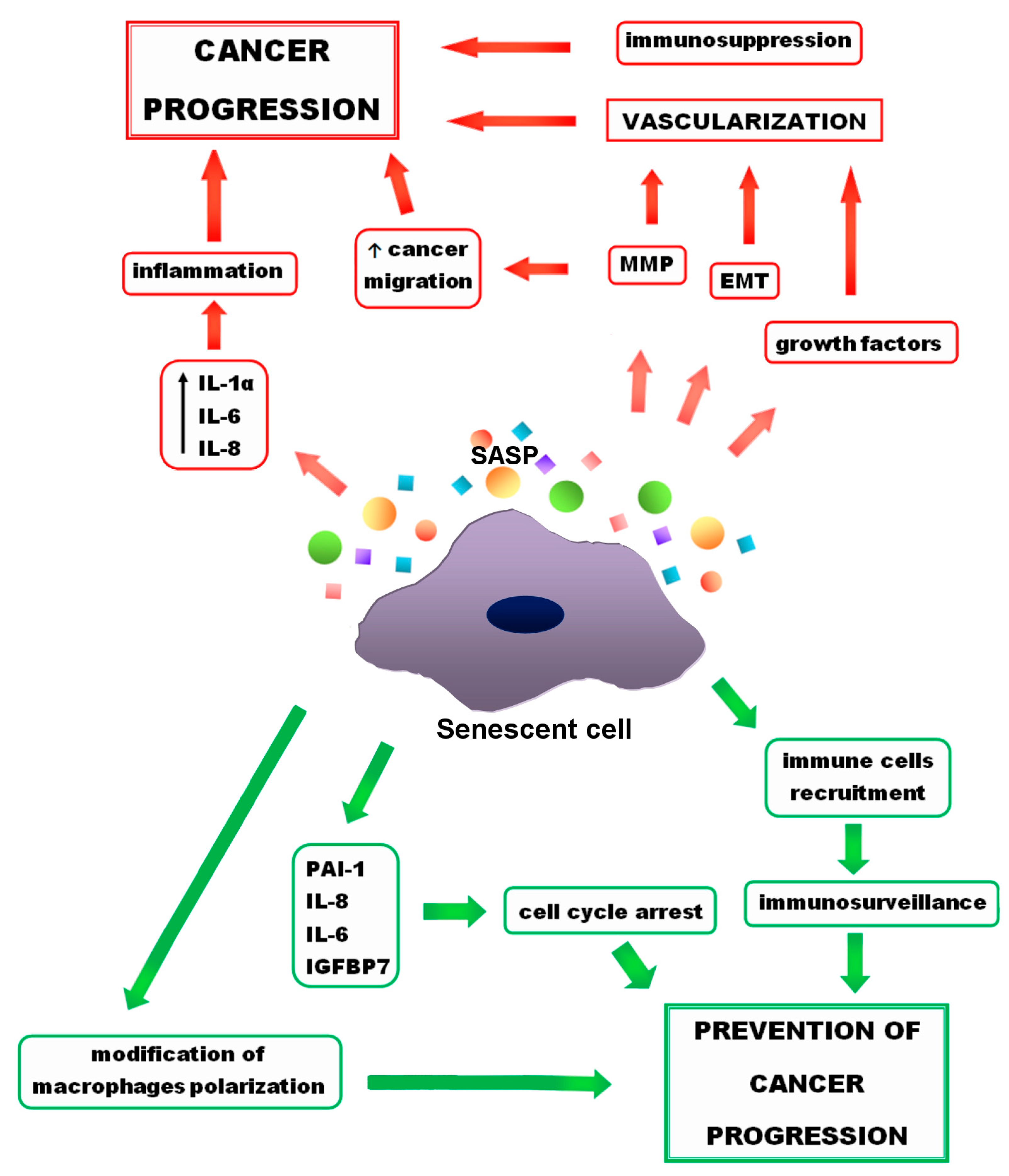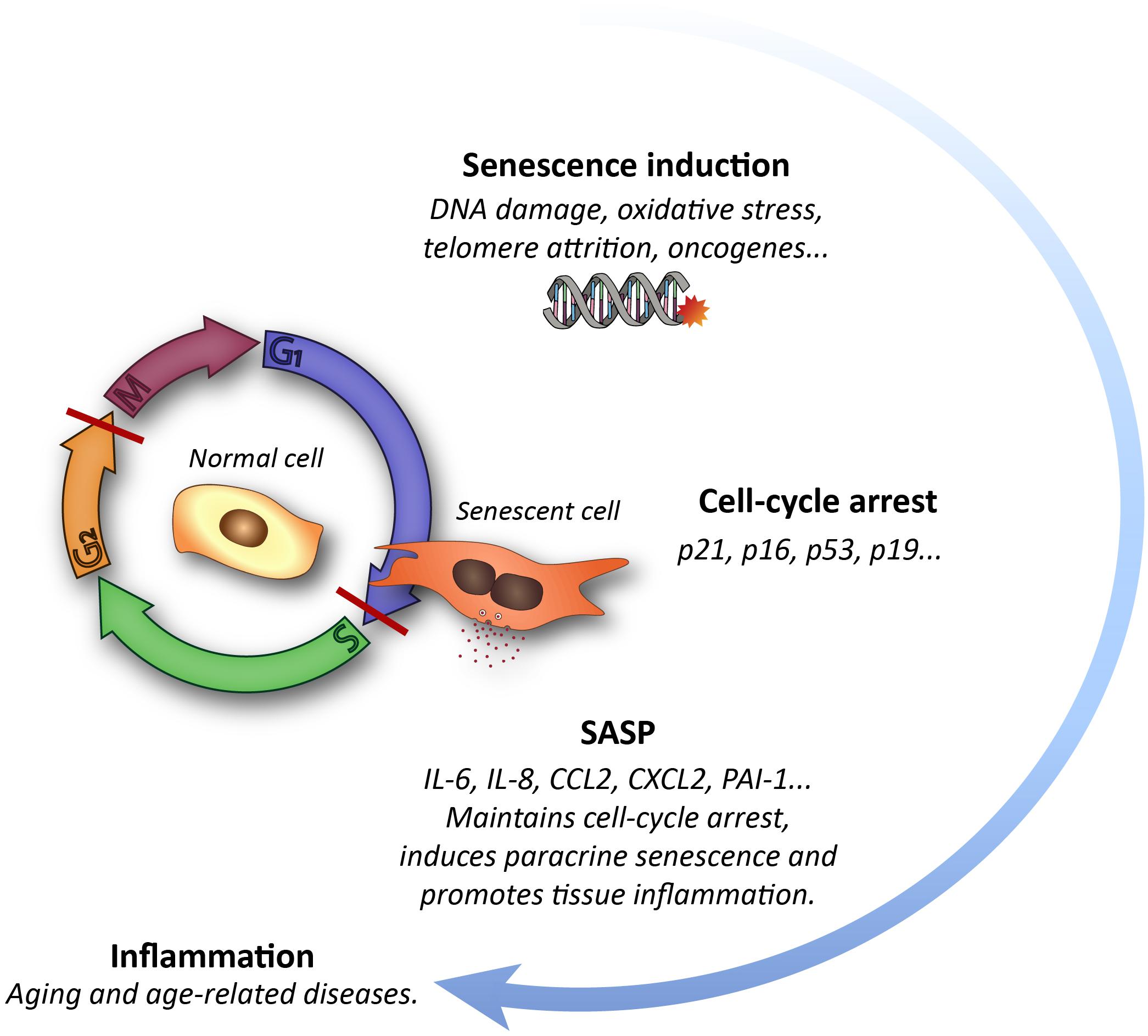Senescence of Tumor Cells in Anticancer Therapy Biology Diagrams Senescence is a cellular response characterized by a stable growth arrest and other phenotypic alterations that include a proinflammatory secretome. Senescence plays roles in normal development, maintains tissue homeostasis, and limits tumor progression. However, senescence has also been implicated as a major cause of age-related disease.

Abstract Cellular senescence is a process that results from a variety of stresses and leads to a state of irreversible growth arrest. Senescent cells accumulate during aging and have been implicated in promoting a variety of age-related diseases. Cellular senescence may play an important role in tumor suppression, wound healing, and protection against tissue fibrosis; however, accumulating Cell cycle regulation of senescence. In response to chronic stress, cells arrest their replicative phase and promote cellular senescence to avoid multiplication of damaged or mutated genetic information and cellular aberrations. The process of cellular senescence is facilitated by cyclin dependent kinase inhibitors that help in arresting the cell cycle by repressing CDKs. Markers involved in

Cellular senescence in normal physiology Biology Diagrams
Cellular senescence is a process that is mainly designed to eliminate unwanted cells by inducing tissue remodelling. In general, cellular senescence promotes tissue remodelling through three This Review discusses the mechanisms of cellular senescence and induction of a senescence-associated secretory phenotype, recent insights into how senescence contributes to ageing, and the
The aging of the world's population has intensified interest in understanding the aging process and devising strategies and interventions to prolong a healthy life span. Cellular senescence, when cells become irreversibly growth arrested after a period of in vitro cell proliferation or in response to sublethal stress or oncogene expression (1, 2), plays a role in aging phenotypes and age

Cellular senescence: a key therapeutic target in aging and diseases Biology Diagrams
Cellular senescence is a state where cells cease to divide due to aging factors. This process can be triggered by DNA damage or stress factors in the cellular microenvironment. Cellular senescence is a key mechanism in the aging process and plays a role in various age-related diseases. Understanding the underlying mechanisms of cellular senescence can provide insights into potential Cellular senescence regulates physiological and homeostatic processes, particularly during embryonic development and wound healing, but can also be a pathological process that contributes to

